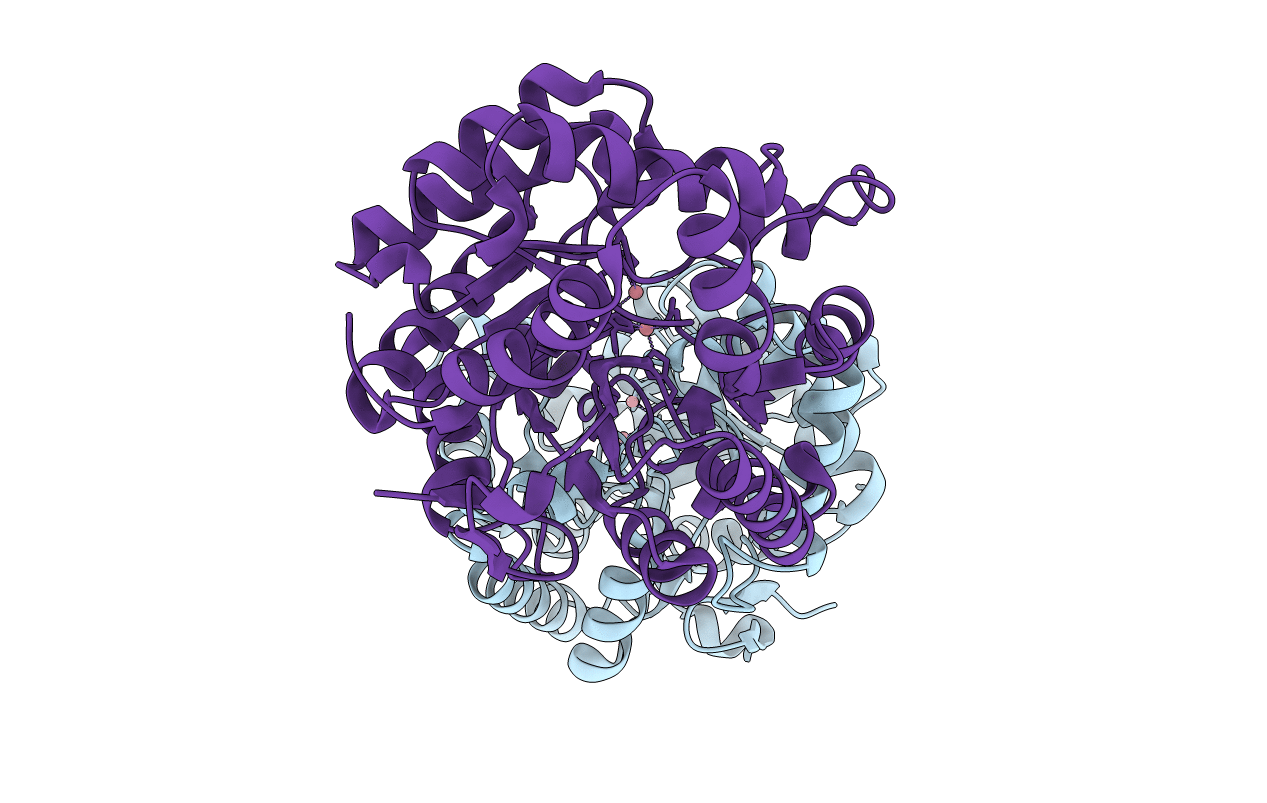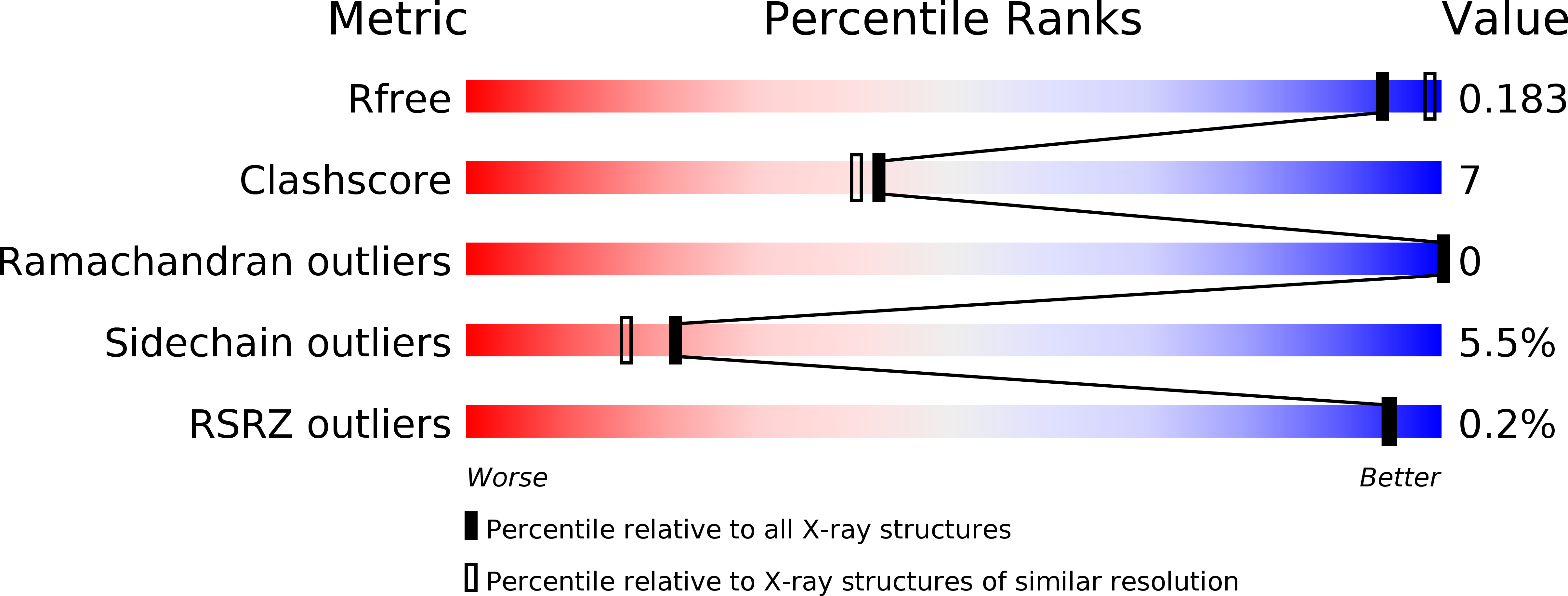
Deposition Date
2015-05-14
Release Date
2015-09-02
Last Version Date
2023-11-15
Entry Detail
PDB ID:
4ZSU
Keywords:
Title:
Crystal structure of Brevundimonas diminuta phosphotriesterase mutant L7eP-3aG
Biological Source:
Source Organism:
Brevundimonas diminuta (Taxon ID: 293)
Host Organism:
Method Details:
Experimental Method:
Resolution:
2.01 Å
R-Value Free:
0.18
R-Value Work:
0.13
R-Value Observed:
0.13
Space Group:
P 1 21 1


